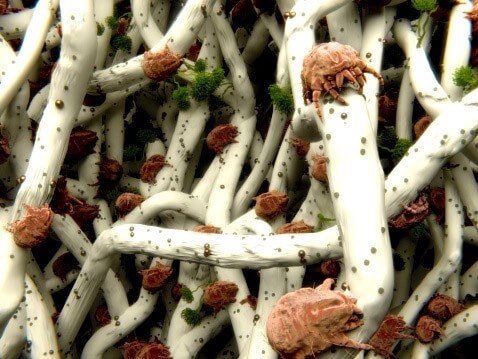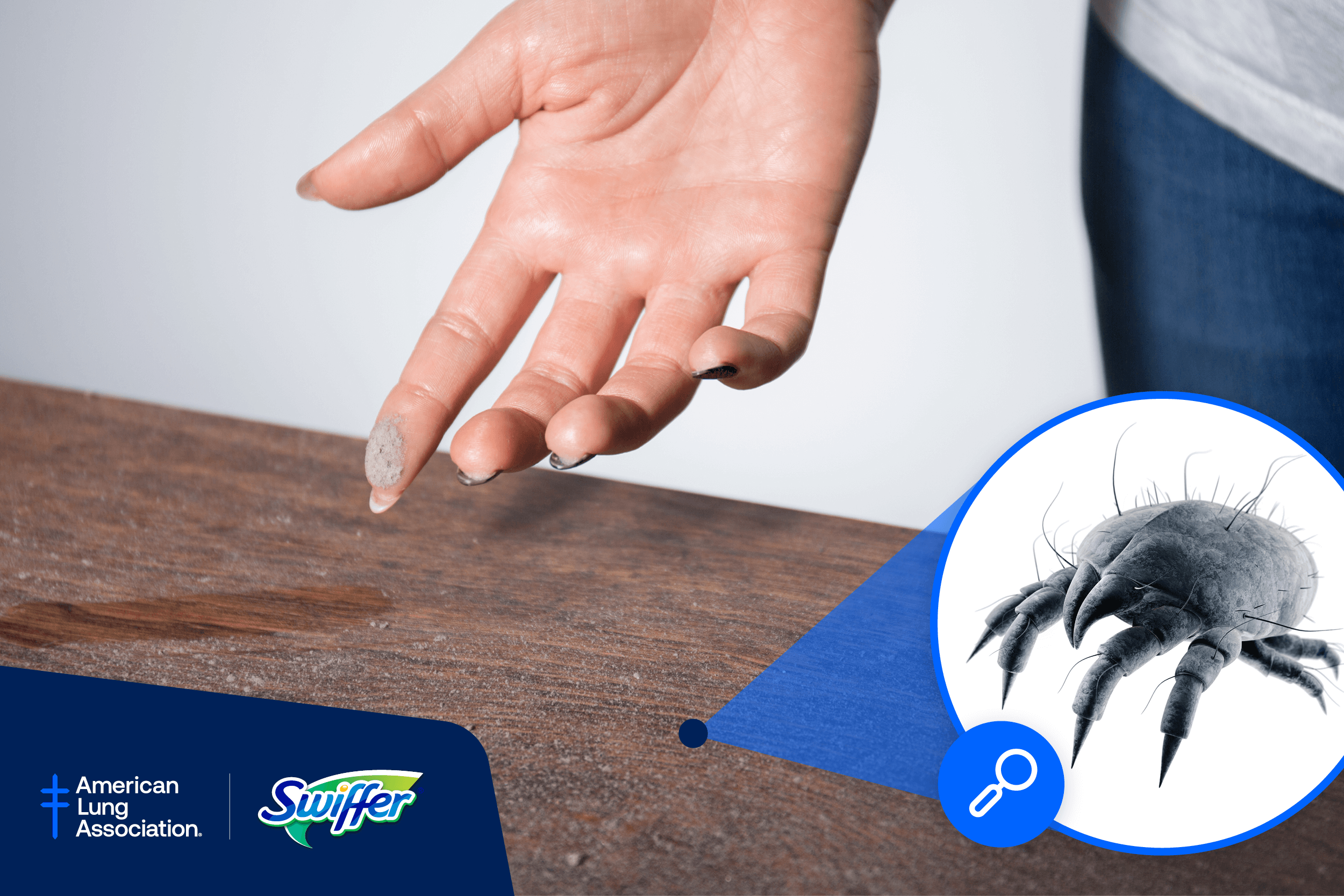A long controversial topic, it’s been argued for years now that Millennials are in charge for killing off a number of seemingly trivial practices, like using fabric softener. However, this one seems to be one of the more consequential practices dying off – whether purposefully or not – that could also help resolve mysterious underlying health issues.

In April, Swiffer and the American Lung Association (ALA) – the champions of lung health – joined forces to release the “Dust & Indoor Air Quality Briefing.” This educational resource details the importance of the quality of the air we breathe indoors, with formal recommendations from the ALA on how to easily improve indoor air quality in your home.
New Harris Poll data reveals that nearly 62% of Millennials do not consider dusting a priority – making dusting yet another thing that Millennials have “killed.” With people’s own dead skin cells being a main component of dust, along with dust mite droppings and body fragments, increased time at home during the pandemic meant that people may be inadvertently contributing to dust levels in their homes.

We conducted a Q&A with the American Lung Association’s Volunteer Medical Spokesperson, Dr. Payel Gupta, MD, FCAAI, to find out more about how everyone could benefit from regular dusting, and exactly how it impacts our lives. She provides surprising details below about the types of environments dust mites thrive in, and methods that can help keep dust levels low in your home.
Q&A with Dr. Payel Gupta
Q: Let’s start at the very beginning. Most people just see dust as a nuisance and nothing more. However, when you put a microscope over it, what is dust mostly comprised of?
A: You’re absolutely right. Many people don’t realize that dust is mostly comprised of dead skin cells, dust mite droppings and dust mite body fragments.
Q: Is it believed that by helping people understand exactly what’s in the dust they’re letting accumulate — and how it impacts their health — that they’d be more eager to get rid of it. What are the health effects of living in a dusty home, and spending extended time in one?
A: With dead skin cells being a key component of dust, increased time spent indoors (especially over the past year) may actually contribute to an increase of dust in people’s homes. As dust accumulates, it becomes more visible to the naked eye, but that doesn’t mean it hasn’t been there the entire time.

When people are allergic to dust mites, they are actually allergic to dust mite droppings. And when exposed to dust mite droppings, we can have symptoms such as a runny nose, congestion, itchy watery eyes, rashes, coughing, wheezing and even shortness of breath. Once people are aware of the impact dust can have on their health and indoor air quality, we’re finding that they’re more inclined to pick up a dusting habit in their own homes.
Q: What are some steps that people can take to protect themselves and their families at home, other than just dusting? What products do you recommend for effective cleaning?
A: Aside from dusting regularly, it’s essential that people think beyond traditional cleaning methods like dry brooms or feather dusters. To effectively dust, I suggest using a damp mop, damp cloth or a duster that can trap and lock dust to reduce the amount that is stirred up when cleaning. Locate the areas around your home that accumulate dust frequently, such as baseboards, molding, blinds and shelves, which are key dust hot spots for many!
Q: In a time when cleaning is only becoming more passive, what are your thoughts on air purifiers? Are they effective at helping keep spaces free of dust, or at reduced dust levels?
A: I have had many patients feel that an air purifier has been helpful. However, there is not strong studies or data that states they make a big difference. Though, using an air purifier is not harmful and may help in some cases.
Q: Are some environments more prone to an excess of dust than others? For example, does humidity and heat play a role? How about a home with 5 family members and pets, versus a home with 2 family members and no pets?
A: Dust mites live off of the humidity in the air. So, the more humid an environment is the more dust mites. Keeping humidity levels below 50% is ideal. Also, dust mites feed on dead human skin cells that are found in dust. Because human skin flakes tend to accumulate in mattresses, pillows, carpets, upholstered furniture, blankets, clothes, stuffed toys and other fabric-covered items, those are the places dust mites tend to live. So yes, the more people in a home, the more dead human skin cells dust mites have to live off of.
